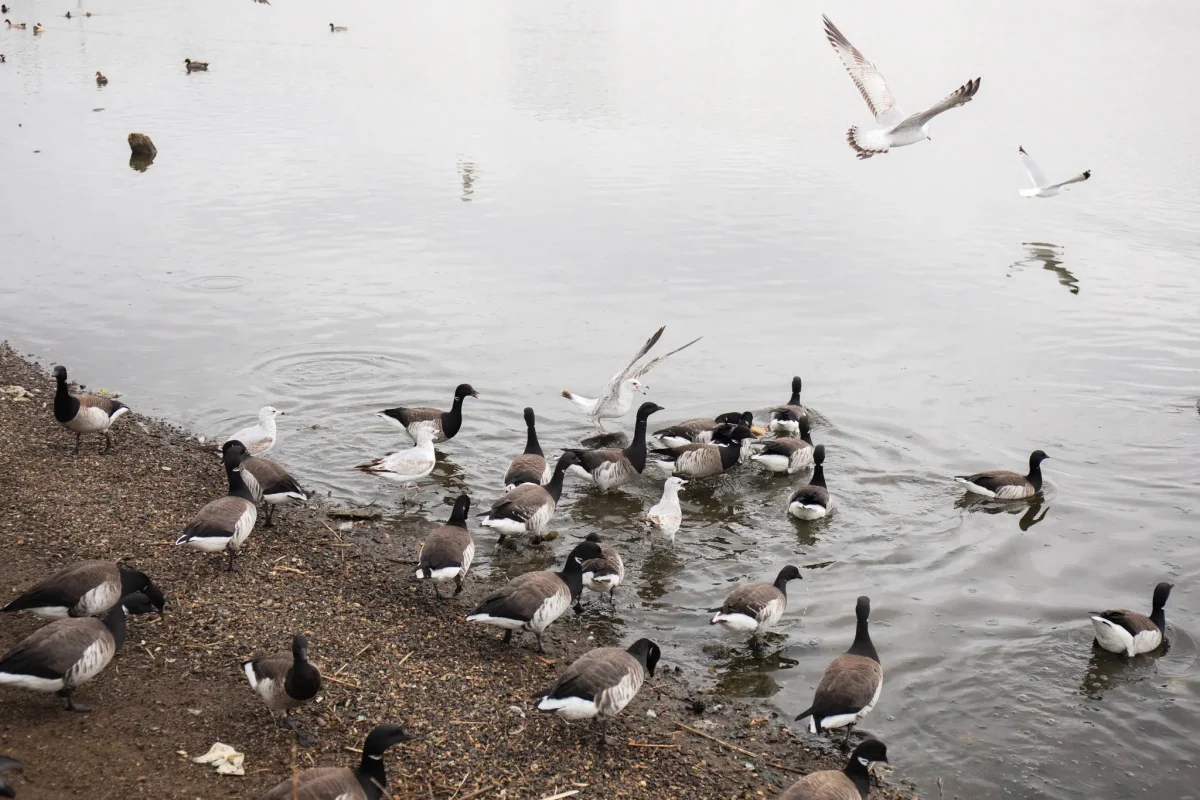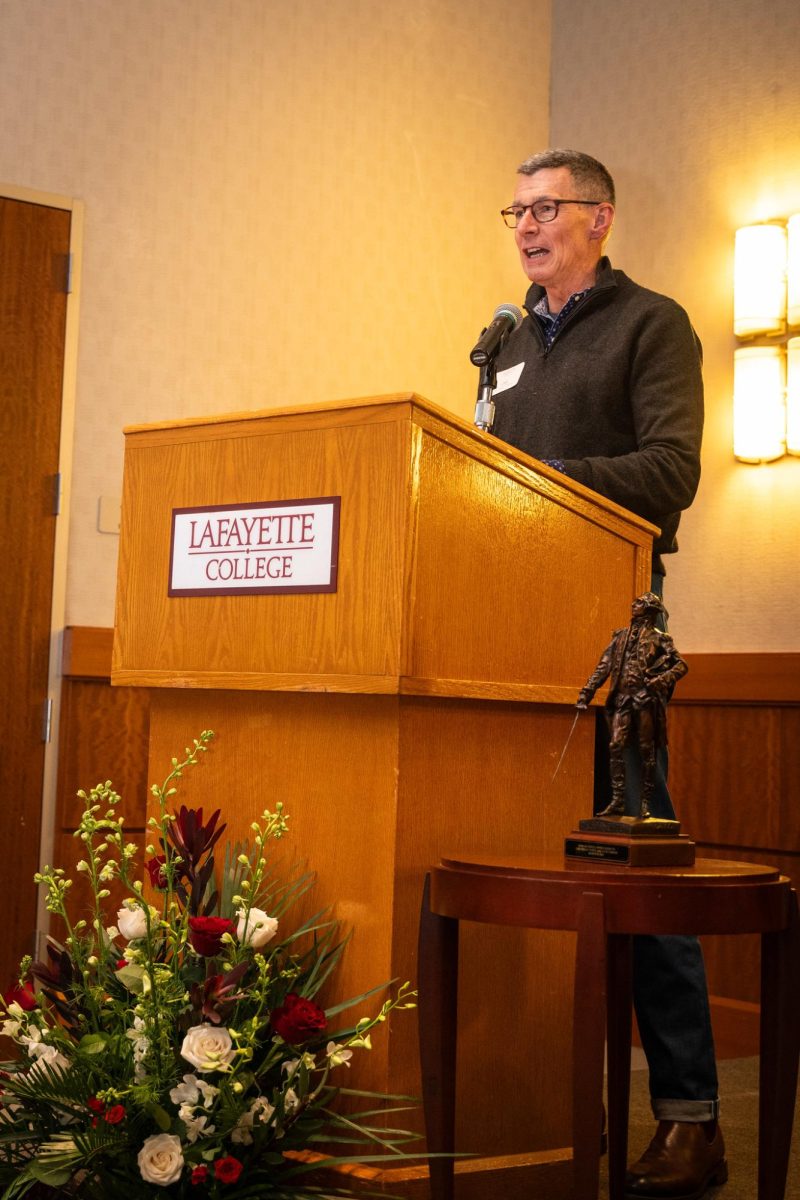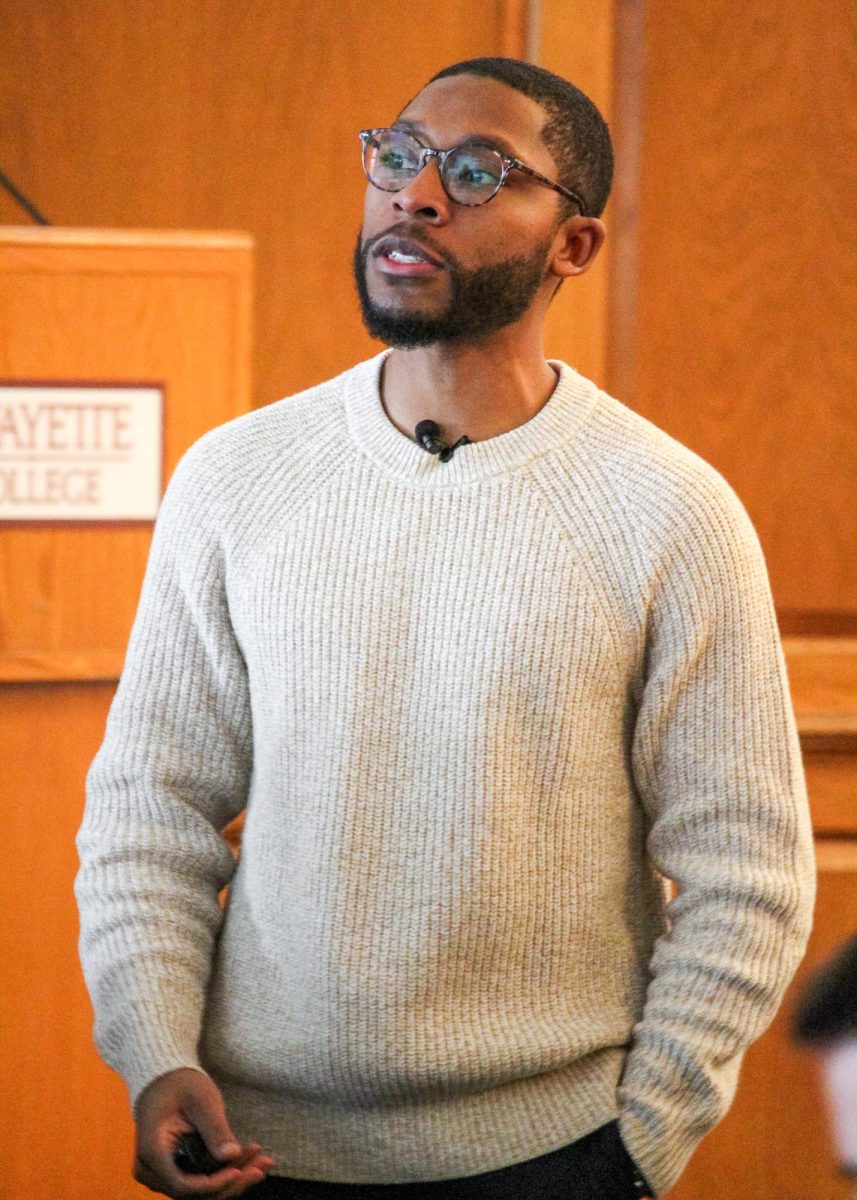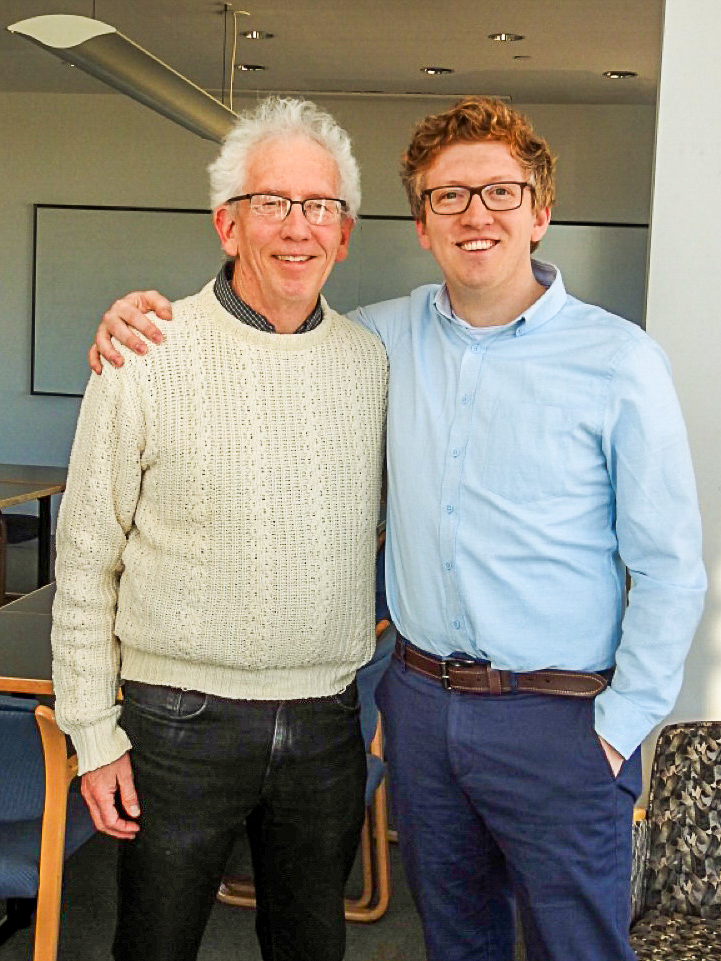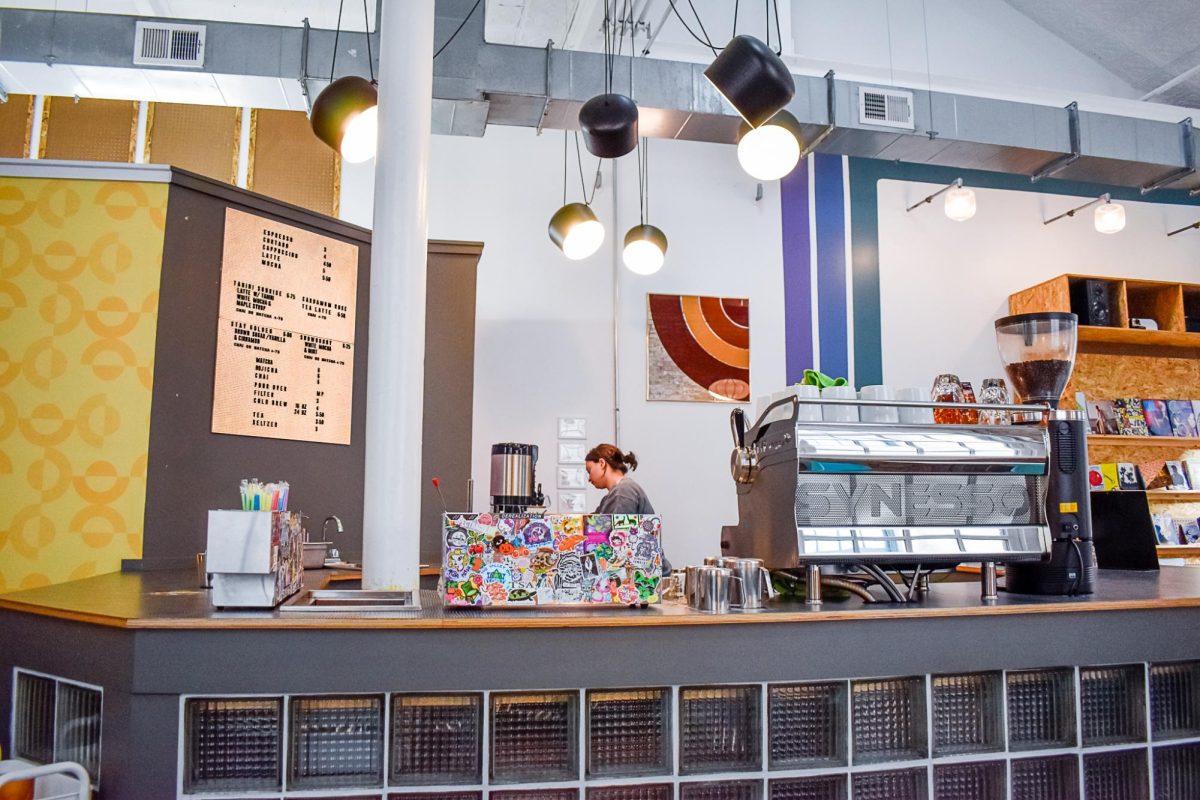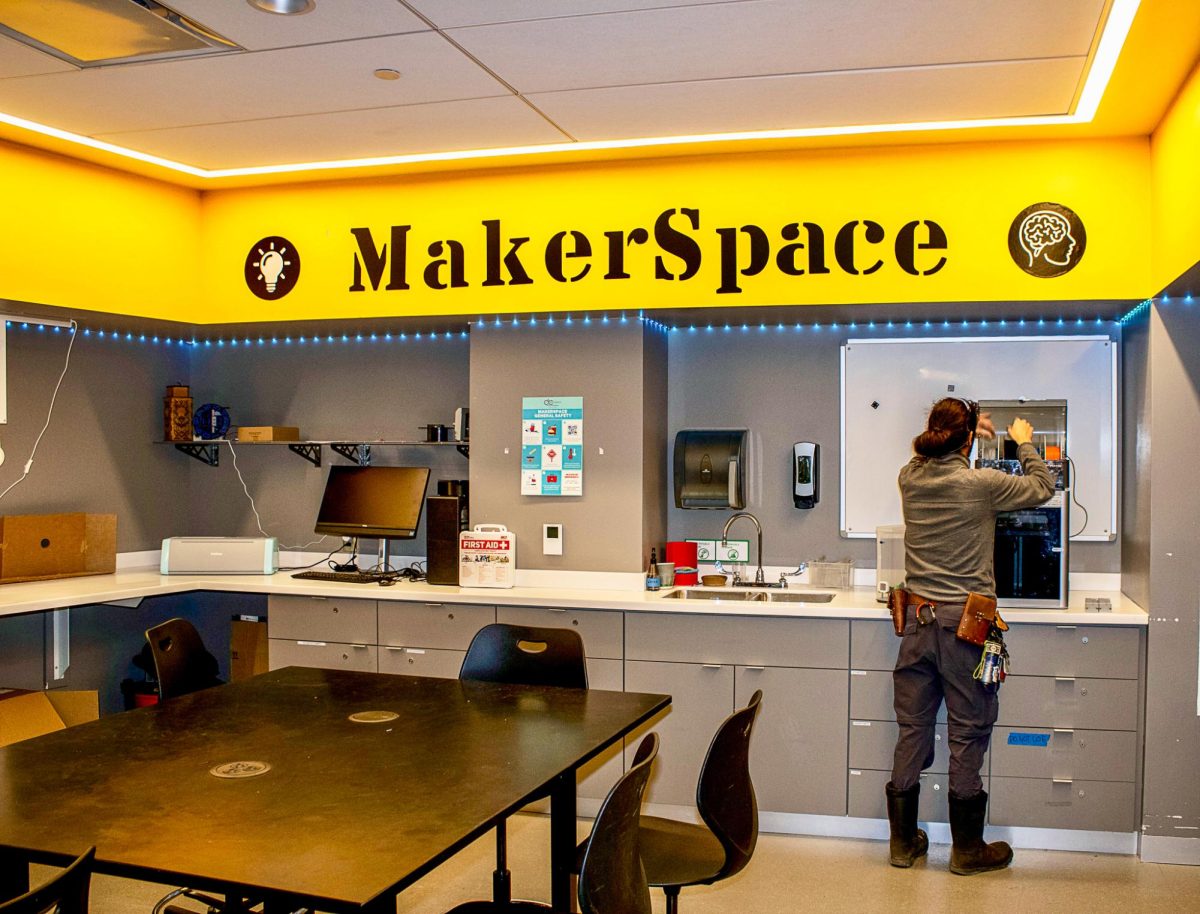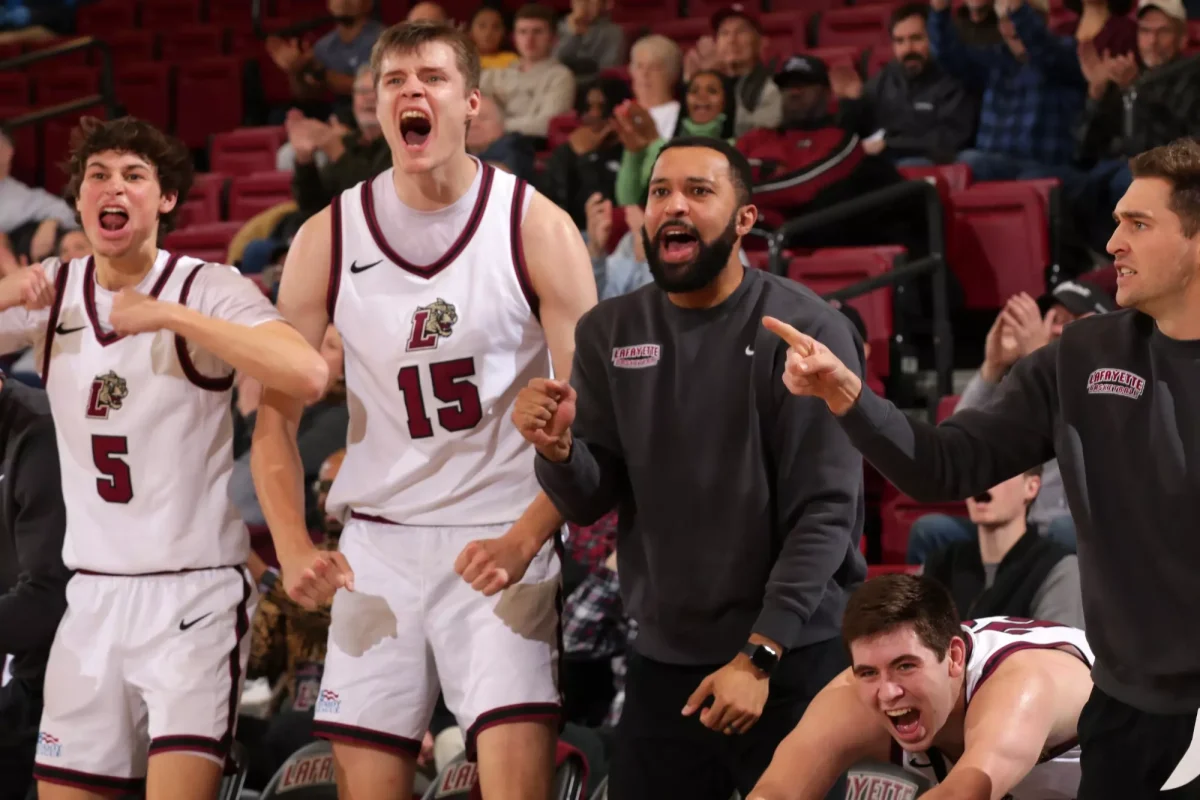President Alison Byerly hosted a Town Hall meeting in Colton Chapel on Tuesday to discuss the state of the college. All faculty, staff and students were invited to attend. A primary topic of conversation was the future direction of the college—a direction of growth.
Byerly began her summary by discussing the board meeting in which she and other members of the presidential working groups proposed a new strategic direction for the college, like having need-blind financial aid by 2025 and increasing enrollment in the next six to eight years.
“This led us to think about two things,” Byerly said. “One: Could we expand the size of the student body to make room for more of these terrific students? And two: Could we find a way to offer more financial aid so that more of those students would have the capacity to come to Lafayette?”
The college plans to do both.
After talking about Lafayette’s new direction, Byerly opened up the discussion for questions.
One of the first questions was a student asking about the administration’s decision to table the recommendation by one of the presidential working groups to reallocate funds from Posse D.C. to need-based financial aid. Byerly said that students discussing Posse D.C.’s impact beyond its 40 students contributed to the decision.
“Maybe the case of what we underestimated was the effect it has on students beyond the posse program,” she said. “That it not only has been a great way to attract and support excellent students for Lafayette, but that those students have an impact on the community that many recognized and many felt we weren’t in a position to replace.” Another student asked how the college would have enough space for additional students as it expands. Byerly said that as the plan for expansion comes along, the college would build new residence halls.
In a later interview, Byerly said that the property the college owns across the street from Wawa is a likely contender for where the college would build a new living space in the next two to three years, as long as the plan for increased enrollment goes smoothly.
Byerly also said that the college has been renovating dining halls to create additional capacity for students, and will have to look at changing course schedules to create two lunchtimes instead of one.
A few staff members expressed concerns about not seeing a growth in staff members with the growth of students, and were worried that retired positions were not being replaced.
One staff member voiced his opinion, and Byerly responded saying that while the plan assumes that while a certain number of positions will be have to be added, “that will continue to be a decision that’s made on a case by case basis as it is today.”
One student asked how the college would be committed to sustainability with the possible new construction and new spaces.
“The new science building that we’re planning, we have said to the architects is that we want it to be LEED Gold, and that’s a designation within the building community of how environmentally sustainable the building is,” Byerly said.
LEED is a rating by the U.S. Green Building Council, and stands for Leadership in Energy and Environmental Design. Buildings can be rated on four levels: certified, silver, gold and platinum. Each of the levels means the building is more environmentally friendly as the levels increase.
Byerly also said that the college is in the process of hiring a sustainability coordinator to oversee future plans.




